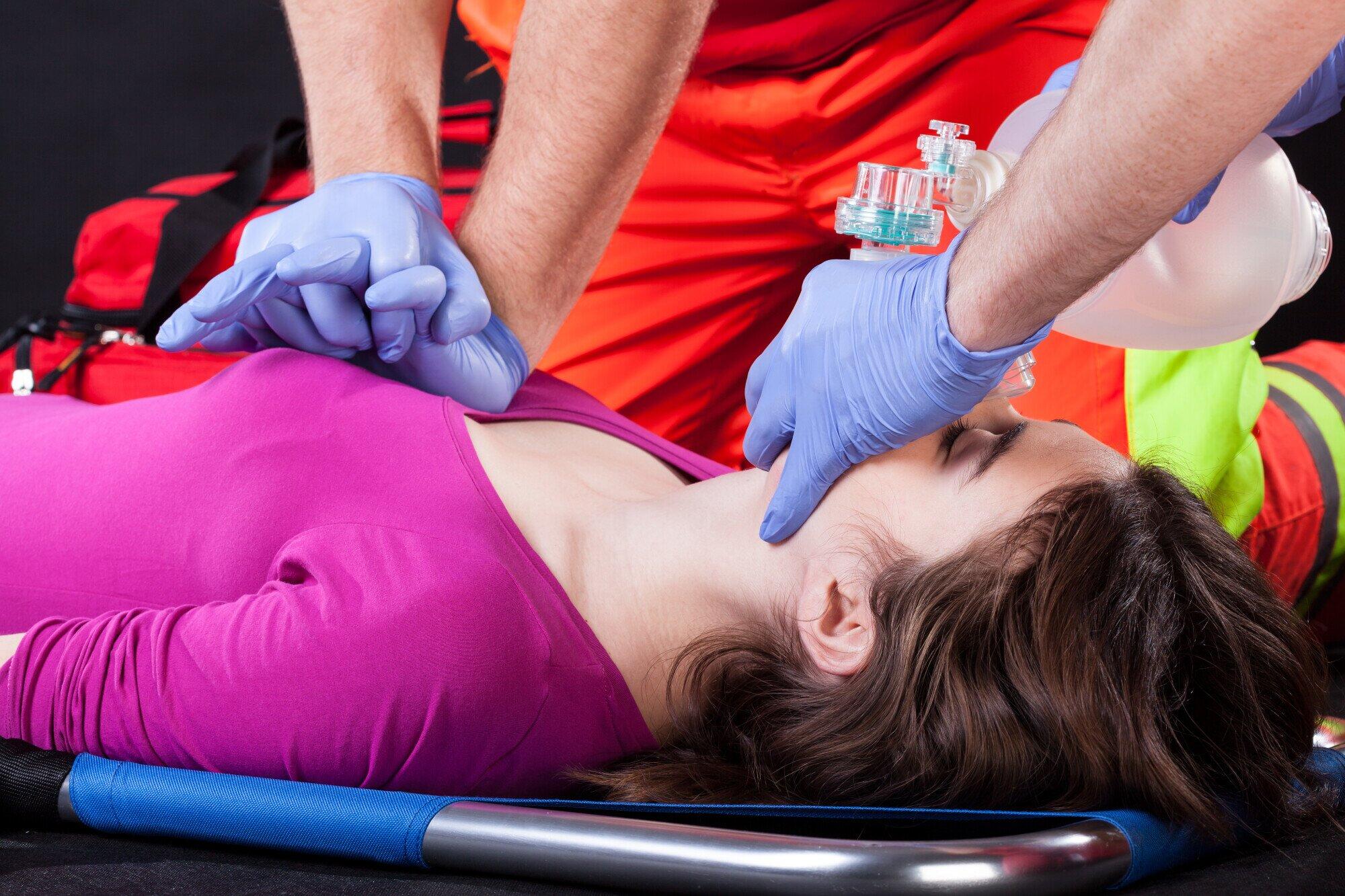Have you ever wondered how to save a life in an emergency? BLS (Basic Life Support) training equips you with the essential skills to respond quickly and effectively in critical situations.
Whether you’re a healthcare professional or just someone wanting to help in times of need, knowing how to perform CPR, manage choking, and handle other life-threatening emergencies can make all the difference.
Ready to learn these life-saving techniques? Start your BLS training today and become prepared for any emergency!
CPR Techniques
CPR techniques are vital for saving lives during cardiac emergencies. Basic Life Support (BLS) training teaches how to perform CPR effectively, focusing on chest compressions and rescue breaths. Learning the correct hand placement and depth of compressions can significantly improve survival chances.
It’s important to give high-quality chest compressions at the right rate to keep blood flowing to the brain and heart. CPR training also covers how to perform CPR on adults, children, and infants. For more detailed guidance and certification, visit CPRcertificationnow.com.
Choking Relief
Choking relief is a critical skill in emergency care, especially when someone is unable to breathe. BLS training teaches you the Heimlich maneuver to help clear an airway obstruction. Knowing how to recognize the signs of choking can make all the difference in an emergency.
The training emphasizes how to safely perform back blows and abdominal thrusts on a choking adult or child. In some cases, it may be necessary to perform chest compressions if the object is stuck deeper in the throat. Being able to act quickly can prevent serious injury or even save a life.
AED Operation
Knowing how to operate an AED is a key part of BLS training. An AED, or Automated External Defibrillator, helps restart the heart during a medical emergency. BLS training teaches you how to use the device safely and effectively. When someone experiences cardiac arrest, the AED can deliver a shock to restore a normal heart rhythm.
The device provides clear, step-by-step instructions, making it easy to follow even in stressful situations. Understanding when and how to use an AED is essential for providing medical emergency solutions.
Scene Assessment
Scene assessment is an important step in BLS training. Before providing help, you must ensure the area is safe for both the victim and yourself. This includes checking for any hazards like fire, traffic, or electrical risks. BLS training teaches you how to quickly evaluate the environment to avoid further harm.
Once the scene is safe, you can assess the victim’s condition and determine the best course of action. This may involve checking for responsiveness, breathing, and pulse. Proper scene assessment ensures you provide effective help without putting yourself or others in danger.
Learn More About Essential Skills to BLS Training
In conclusion, BLS training provides essential skills for handling life-threatening situations. With CPR, choking relief, AED operation, and scene assessment, you can make a big difference in emergencies.
These skills are easy to learn and can be life-saving in critical moments. Consider completing your BLS training today to be prepared when help is needed most.
Looking for more tips and ideas? We’ve got you covered. Check out some of our other posts now.



Be First to Comment